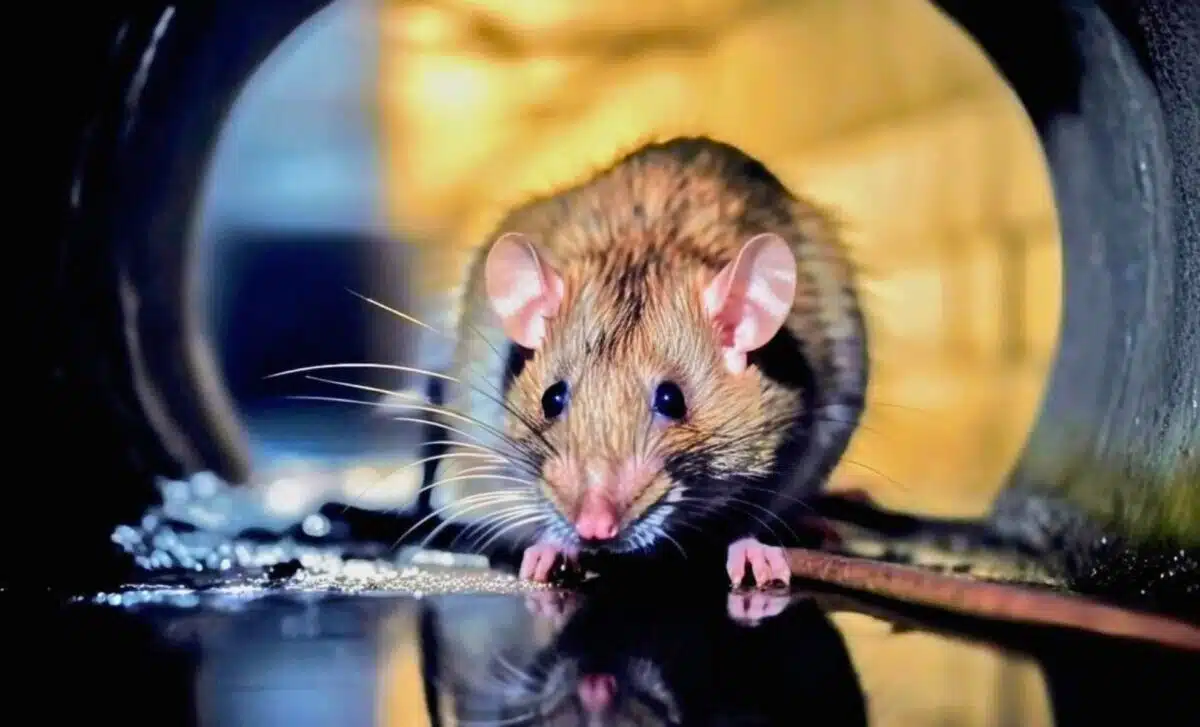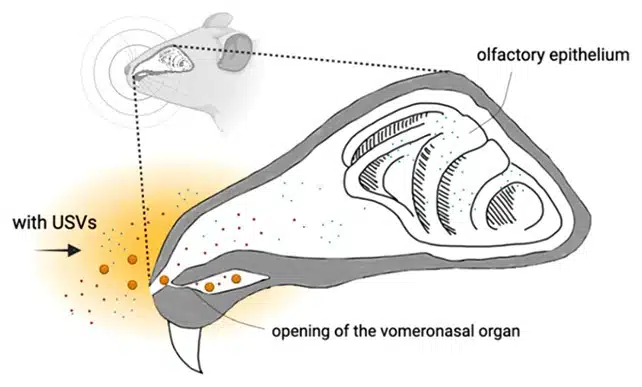Can rats really move matter without touching it? New research reveals these rodents may have a hidden superpower in ways we never imagined. The truth behind this phenomenon is more astonishing than fiction.

Could rats possess a power that seems ripped from science fiction? Researchers from Harvard University and the University at Buffalo have unveiled a startling phenomenon: these rodents appear capable of manipulating matter at a distance using high-frequency sounds. This behavior challenges long-standing assumptions about animal biology and opens a new frontier in understanding the capabilities of the natural world.
The Secret Power of Ultrasonic Vocalizations
In a study led by Eduardo Mercado III and Jessica Zhuo, researchers observed that rats emit ultrasonic vocalizations (USVs)—high-pitched sounds beyond the range of human hearing. These sounds, ranging from 22 kHz to 80 kHz produce air vibrations strong enough to move microscopic particles. This movement seems to amplify the concentration and detection of pheromones, which are chemical signals crucial for social communication among rats.
Unlike conventional methods of scent detection, rats appear to actively enhance their olfactory capabilities. By omitting a vocalization and sniffing immediately afterward, they manipulate the surrounding air to capture more pheromones. This behavior serves a variety of purposes, including:
- Communication: Rats use pheromones to share information about territory, reproduction, and social hierarchy.
- Enhanced odor detection: Ultrasonic vocalizations help them locate specific smells more efficiently.
- Survival advantage: This ability likely aids in navigating their environment, avoiding predators, and finding resources.
This newly discovered phenomenon demonstrates that rats don’t passively interact with their environment. Instead, they actively alter it to optimize their sensory perception, showcasing an evolutionary adaptation that provides significant survival benefits.

Technical Insights Into Ultrasonic Manipulation
The mechanism behind this behavior is both fascinating and complex. Here are the technical highlights:
- Frequency range: Rat USVs span from 22 kHz to 80 kHz, making them inaudible to humans but highly functional in air particle displacement.
- Particle manipulation: Air molecules displaced by these ultrasonic sounds facilitate the movement of pheromones, improving the rat’s ability to detect chemical signals.
- Immediate action: Vocalizations are often followed by sniffing, creating a dynamic feedback loop that enhances the rat’s olfactory sensitivity in real time.
- Behavioral context: USVs are not random; they are emitted during specific social interactions, such as mating or territorial marking.
This unique combination of sound and behavior represents a novel way for animals to influence their surroundings without physical contact. While vocalizations in animals have long been linked to communication and emotional states, this discovery reveals their functional impact on an individual’s interaction with the physical world.
Science Fiction or The Next Scientific Breakthrough?
The implications of this discovery extend far beyond rats. If ultrasonic waves can manipulate particles in the air, the technology inspired by this phenomenon could revolutionize multiple fields. Potential applications include:
- Medical technology: Ultrasonic sound waves could be used to move or manipulate microscopic particles for non-invasive diagnostics or treatments.
- Sensory enhancement: Technologies mimicking rat USVs might improve odor detection systems for security, food safety, or environmental monitoring.
- Airborne delivery systems: By controlling particle movement, ultrasonic mechanisms could aid in dispersing medications or other substances with precision.
This research pushes the boundaries of biology and challenges our understanding of how natural systems can inspire innovation. Could these mechanisms lead to breakthroughs in human technologies? The potential is vast, ranging from enhancing sensory capabilities to developing cutting-edge diagnostic tools.


